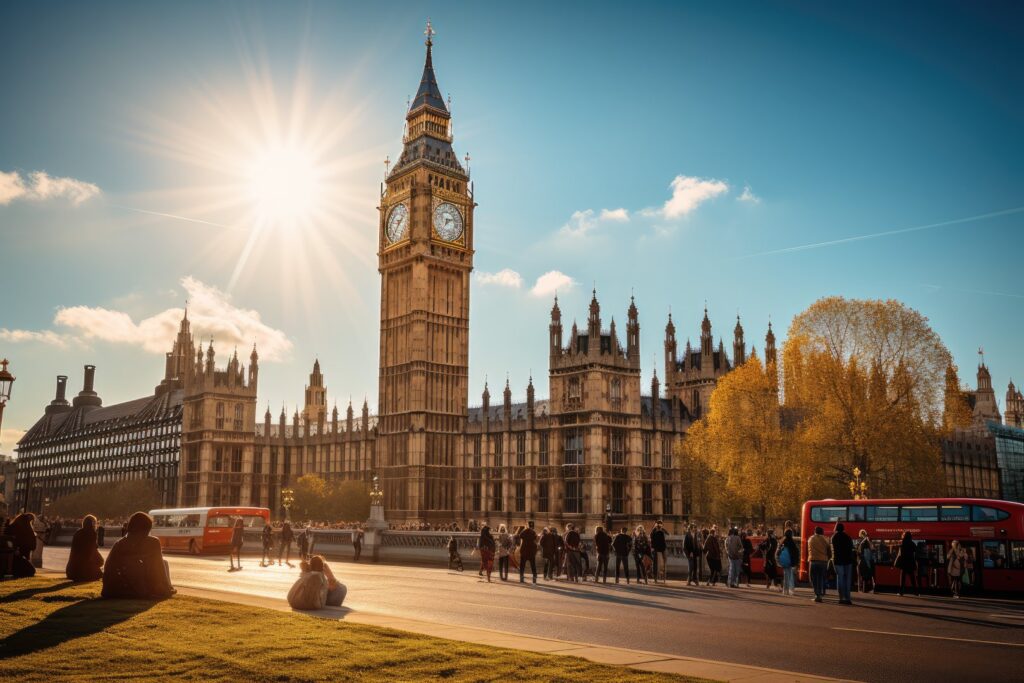
Have You Ever Wondered Who Holds the UK’s Debt?
When people hear about the UK’s national debt, many assume that foreign countries, financial elites, or even the government itself own most of it. But the reality is far more complex. The UK’s debt is spread across multiple investors, with one of the largest holders being pension funds—meaning that a significant portion of the country’s debt is indirectly owned by the public.
So, who really owns the UK’s national debt? Let’s break it down.
Understanding the UK National Debt
The UK national debt is the total amount of money the government has borrowed to fund public services, infrastructure, and welfare. This borrowing occurs when the government issues bonds known as gilts, which are then sold to investors.
As of December 2024, the UK’s public sector net debt stood at £2,685.6 billion, which is 98.1% of the country’s GDP. This figure has steadily risen over the years due to economic challenges, policy decisions, and crises like the COVID-19 pandemic.
Debt vs. Deficit: What’s the Difference?
A common misconception is the confusion between the national debt and the budget deficit.
- The national debt is the total amount borrowed over time.
- The deficit is the gap between government income and spending in a single financial year.
Even if the government reduces its annual deficit, the overall national debt will still rise unless the country starts running a budget surplus.
Why Does the UK Borrow Money?
Government borrowing is necessary for several reasons:
- Economic downturns – When tax revenues fall, borrowing helps fund welfare programmes and stabilise the economy.
- Infrastructure projects – Large investments in transport, healthcare, and education often require borrowing.
- Crisis management – Events like the pandemic require immediate financial support for businesses and individuals.
- Ageing population – Increased pension and healthcare costs mean additional funds are needed to support the NHS and social care.
Who Holds the UK’s National Debt?
The UK’s debt is owned by a diverse range of investors, including pension funds, financial institutions, foreign investors, and the Bank of England.
1. The Bank of England (Around 25%)
The Bank of England holds a significant portion of UK debt, mainly due to its quantitative easing (QE) programme. Through QE, the Bank purchases government bonds to stabilise financial markets and keep borrowing costs low.
2. Pension Funds and Insurance Companies
One of the largest holders of UK debt is pension funds. These organisations invest in government bonds as they provide a safe and steady return. Since millions of workers have pension savings tied to these funds, a significant portion of UK debt is indirectly owned by the public.
3. Foreign Investors (Around 28%)
Foreign governments, central banks, and global financial institutions own a substantial share of UK gilts. This external investment is beneficial as it shows confidence in the UK economy, but it also carries risks—if foreign investors lose confidence, they could sell off UK bonds, increasing borrowing costs.
4. UK Households and Businesses
A smaller portion of national debt is held by private investors, including individuals who purchase gilts as a low-risk investment. Some large UK corporations also hold government debt as part of their financial strategy.
The Cost of Servicing the Debt
Debt isn’t just about the amount borrowed—it also includes interest payments. In 2023-24, debt interest payments reached £108 billion, accounting for 5.2% of total government spending. That’s comparable to the entire education or defence budget. Rising interest rates could further increase these costs, putting additional pressure on public finances.
How Does the UK’s Debt Compare to Other Countries?
While the UK’s debt levels are high, they are not the highest globally. Some examples from 2020 include:
- Japan – Over 256% of GDP
- Italy – Over 157% of GDP
- United States – Over 132% of GDP
Despite being lower than some nations, the UK’s debt remains a significant challenge for policymakers.
Can the UK Reduce Its National Debt?
Historically, countries have used several methods to manage and reduce national debt:
- Economic growth – A stronger economy leads to higher tax revenues and less reliance on borrowing.
- Spending cuts and tax increases – Austerity measures can reduce borrowing but may also slow growth.
- Inflation – While moderate inflation reduces the real value of debt, excessive inflation creates other economic risks.
One example of successful debt reduction occurred after World War II, when economic expansion allowed the UK to bring down debt from over 200% of GDP to manageable levels.
Is National Debt Always a Problem?
While high levels of debt can create financial risks, borrowing also plays a crucial role in funding essential services and investments. The key concerns around rising debt include:
- Higher interest payments diverting funds from public services
- Potential tax increases or spending cuts in the future
- Risk of reduced investor confidence if debt becomes unsustainable
However, when managed responsibly, national debt allows governments to invest in infrastructure, support economic growth, and provide welfare programmes.
The Future of UK Debt
The UK faces ongoing challenges in balancing borrowing with economic growth. The Office for Budget Responsibility (OBR) warns that, without policy changes, national debt could reach 350% of GDP within 50 years. Key factors influencing this trend include:
- Increasing pension and healthcare costs
- Changing economic structures and tax revenues
- Global political and financial uncertainty
- Environmental and infrastructure commitments
The next OBR financial forecast in March 2025 will provide more insight into how debt levels are evolving and what measures the government may take to address them.
Final Thoughts
Understanding who owns the UK’s debt helps demystify a complex issue. While borrowing is a necessary tool for economic stability and investment, its long-term sustainability depends on careful management. Pension funds, the Bank of England, and foreign investors hold the majority of UK debt, meaning that the financial stability of the country is closely tied to these stakeholders.
As policymakers navigate economic uncertainty, the balance between investment and fiscal responsibility will shape the UK’s financial future. Whether through economic growth, policy adjustments, or global financial trends, the way the government handles national debt will impact every taxpayer and investor in the years to come.



